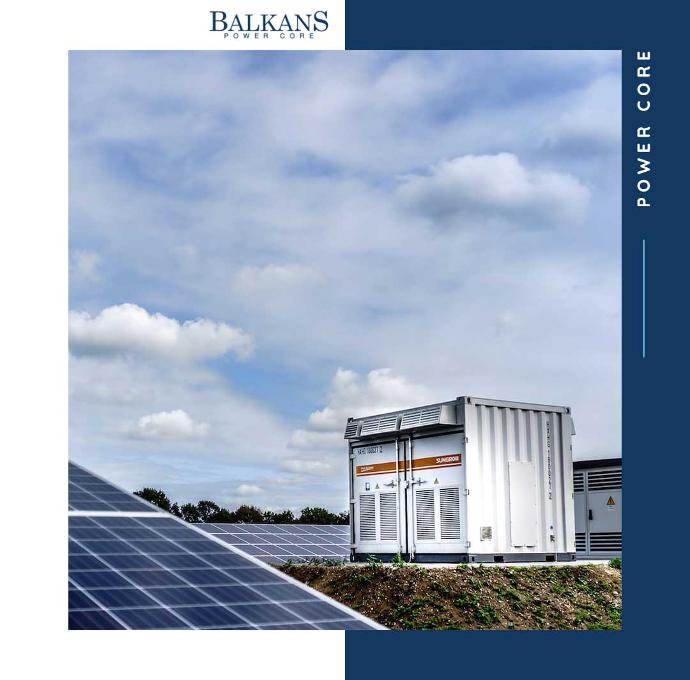Solar energy is an abundant and renewable resource, but in order to benefit from it sustainably, it is essential to have efficient energy storage solutions. In this article, we explore the different solar energy storage alternatives and look at the benefits of each.
So what alternatives are currently available?
Storage batteries
These allow solar energy to be captured and stored for later use, providing flexibility and energy independence. What's more, they provide power at night or during periods of high demand, reducing reliance on traditional electricity grids.
Factors to consider: When choosing storage batteries, it is important to consider storage capacity, battery life, efficiency and associated costs. You also need to assess your home's energy needs and correctly size your storage system accordingly.
Thermal storage
Thermal storage involves converting solar energy into heat and storing it in a thermal medium, such as water or rock. This method can be used for space heating or steam production for electricity generation. Thermal storage offers an efficient and sustainable solution for using solar energy.
Factors to consider: When considering thermal storage, you need to assess the thermal energy needs of your consumers and choose a suitable storage system, such as thermally insulated water tanks or geothermal systems.

